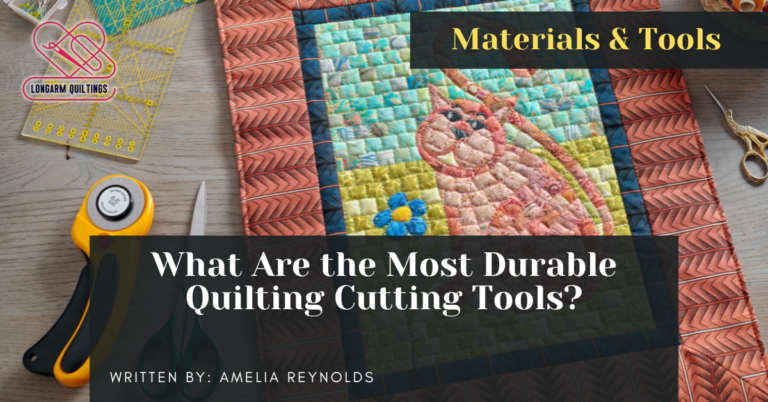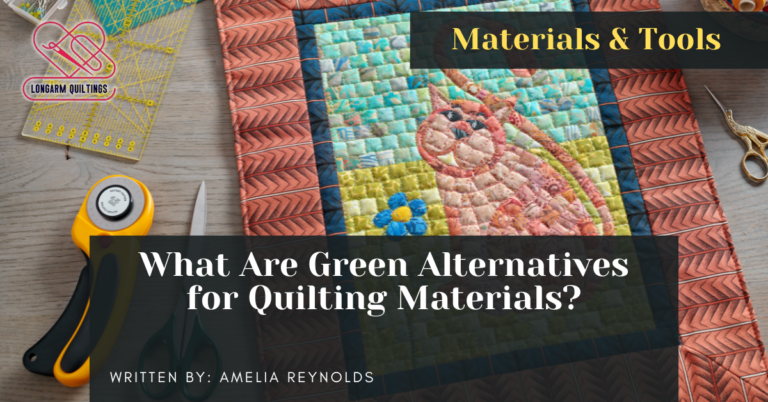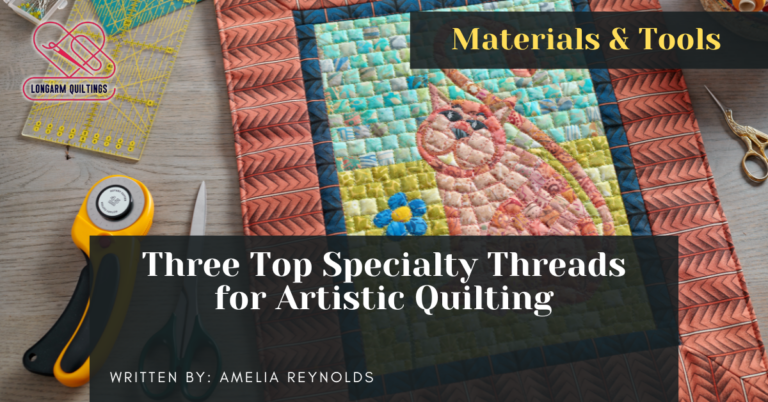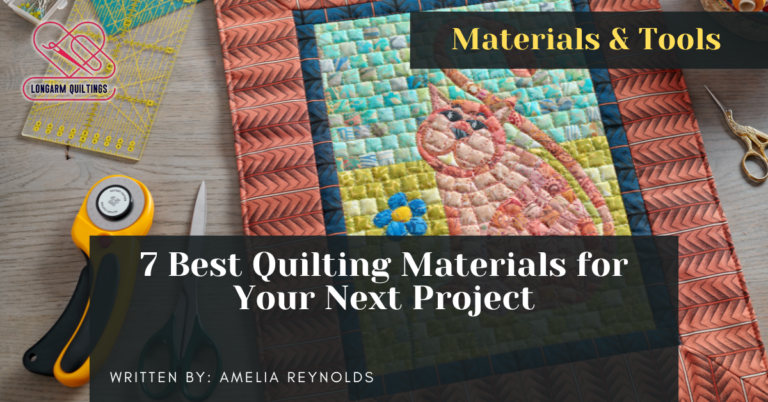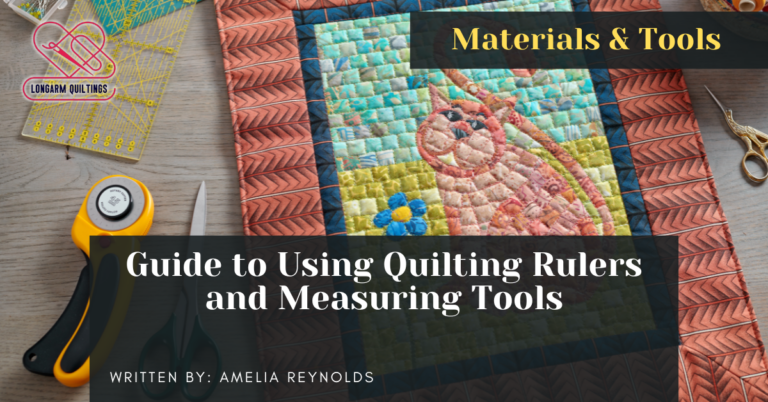In the world of quilting, the selection of fabrics and threads can significantly impact the outcome of your project. While high-quality materials are often preferred, they can come with a hefty price tag.
However, navigating the realm of budget-friendly options without compromising on the quality of your work is a delicate balance that many quilters strive to achieve. Understanding the nuances of fabric types, thread selections, and where to source affordable materials can be the key to unlocking a world of possibilities in quilting.
Understanding Fabric Types
When delving into the world of quilting fabrics, it is crucial to understand the various types available to ensure the success of your quilting projects. Fabric composition and weight play vital roles in determining the outcome of your quilting endeavors.
Fabric composition refers to the materials used to make the fabric. Common quilting fabric compositions include 100% cotton, cotton blends, polyester, and blends of synthetic and natural fibers. Each composition offers unique characteristics that affect how the fabric feels, drapes, and holds up over time. For example, 100% cotton is a popular choice for quilting due to its breathability, durability, and ease of sewing.
Fabric weight is another essential factor to consider when selecting quilting fabrics. Fabric weight refers to how heavy or light the fabric is. Quilting fabrics come in a variety of weights, from lightweight voile to heavy denim. The weight of the fabric can impact the drape of the quilt, the ease of sewing intricate patterns, and the overall feel of the finished project. Understanding fabric composition and weight will help you choose the best fabrics for your quilting projects.
Thread Selection Tips
Understanding the importance of selecting the right thread is key to achieving successful quilting projects that complement your choice of fabrics. When choosing threads for quilting, consider factors such as color coordination and thread weight. Color coordination is essential to ensure that the thread complements the fabric and enhances the overall aesthetic of the quilt. Selecting a thread color that either blends in harmoniously or contrasts tastefully with the fabric can significantly impact the final look of the quilt.
Additionally, paying attention to thread weight is crucial. Different thread weights are suitable for various quilting techniques. Thicker threads, such as 12wt or 30wt, can add texture and dimension to quilting projects, making them ideal for decorative stitching or bold topstitching. On the other hand, finer threads like 50wt are excellent for piecing and creating intricate designs with minimal bulk. Understanding the characteristics of different thread weights will help you choose the most suitable option for your quilting needs.
Where to Find Affordable Fabrics
Finding affordable fabrics for your quilting projects can be a rewarding endeavor with the right approach and resources. When it comes to fabric sourcing, there are various options to consider that offer affordable materials without compromising on quality.
One excellent way to find budget-friendly fabrics is to look for sales and discounts at local fabric stores or online retailers. Many shops offer end-of-season sales or clearance events where you can score great deals on a wide range of fabrics suitable for quilting.
Another cost-effective method is to visit fabric stores that sell remnants or fabric scraps at discounted prices. These remnants are often sold at a fraction of the cost of full yards, making them an economical choice for patchwork quilting projects or small-scale designs.
Additionally, thrift stores and yard sales can be hidden gems for finding affordable fabrics. You may come across unique and vintage textiles at very low prices, adding character to your quilting creations while staying within budget.
Budget-Friendly Thread Options
Exploring cost-effective options for thread selection is paramount in maintaining budget-consciousness while ensuring the quality and durability of your quilting projects. When considering budget-friendly thread options, it is essential to look into various thread weight options. Opting for a medium weight thread can be a versatile choice as it works well for both piecing and quilting, reducing the need to purchase multiple types of threads. Additionally, selecting a neutral color thread that complements the overall color scheme of your quilt can save money by minimizing the need for purchasing multiple thread colors.
Color matching techniques such as choosing a thread color that matches the dominant color in your quilt top can help create a cohesive look while being cost-effective. Moreover, when working on projects where the thread will be prominently visible, investing in higher-quality thread for topstitching or decorative purposes can elevate the overall aesthetic without breaking the bank. By strategically considering thread weight options and utilizing color matching techniques, you can achieve beautiful quilting results while staying within your budget.
Quality Vs. Price: Finding Balance
Achieving a harmonious equilibrium between the quality of quilting threads and their corresponding prices is a pivotal consideration for quilters seeking to optimize both craftsmanship and financial prudence. When selecting threads, it's essential to weigh the quality options against cost-effective alternatives. High-quality threads are often more durable, less prone to breakage, and provide a smoother finish to your quilting projects. However, these premium threads can come with a higher price tag.
To find a balance between quality and price, consider exploring mid-range threads that offer a good compromise between durability and affordability. Many reputable brands offer threads that provide excellent quality at a reasonable cost, making them a popular choice among quilters. Additionally, keep an eye out for sales, discounts, or bulk deals on high-quality threads to make them more cost-effective.
Ultimately, the key is to prioritize the quality of your threads while also being mindful of your budget constraints. By carefully selecting from the available quality options and considering cost-effective alternatives, you can create beautiful quilting projects without breaking the bank.
Storing and Organizing Materials
To ensure the longevity and quality of your quilting materials, establishing a systematic approach to storing and organizing them is paramount. When it comes to storage solutions for quilting fabrics and threads, it is essential to keep them away from direct sunlight and moisture to prevent fading and damage. Consider using clear plastic bins or storage containers to easily see and access your materials while keeping them protected. For smaller fabric scraps, opt for clear resealable bags or a storage system with compartments to keep them organized by color or size.
Organization tips can make a significant difference in how efficiently you work on your quilting projects. Sort your fabrics by color, pattern, or material type to make it easier to find what you need when starting a new project. Utilize shelves, cabinets, or storage totes to categorize and store your fabrics and threads neatly. Labeling each storage container can also save time and help maintain a tidy workspace. By implementing these storage solutions and organization tips, you can enhance your quilting experience and make the most of your materials.
Frequently Asked Questions
How Can I Determine the Best Fabric and Thread Combination for a Specific Quilting Project?
Determining the best fabric and thread combination for a quilting project involves considering factors such as fabric weights for desired drape, textures for visual interest, and thread colors to complement or contrast. Selecting reputable thread brands ensures quality stitching results.
Are There Any Eco-Friendly or Sustainable Options Available for Quilting Fabrics and Threads?
When exploring sustainable options for quilting fabrics and threads, consider eco-friendly materials like organic cotton, bamboo, and recycled polyester. While initially pricier, these choices often offer longevity and quality, making them budget-friendly alternatives in the long run.
Can I Mix Different Types of Fabrics and Threads in the Same Quilting Project?
When considering fabric compatibility and thread selection for a quilting project, it is important to assess how different materials interact. Mixing various types can create visual interest, but ensure color coordination and texture mixing for a cohesive result.
What Is the Best Way to Clean and Care for Quilting Fabrics and Threads to Ensure Longevity?
Ensuring the longevity of quilting fabrics and threads involves proper care and maintenance. To maintain colorfastness, follow fabric care instructions, store in a cool, dry place to prevent discoloration, and promptly treat stains with appropriate methods for each material.
Are There Any Specific Techniques or Tools Recommended for Working With Budget-Friendly Quilting Fabrics and Threads?
When working with budget-friendly quilting fabrics and threads, it is essential to focus on stitching techniques and tools that can elevate the overall quality of your project. Additionally, mastering color coordination and strategic fabric selection can enhance the visual appeal of your quilts.
Conclusion
In conclusion, selecting budget-friendly quilting fabrics and threads requires a good understanding of fabric types, thread selection tips, and knowing where to find affordable materials.
It is important to balance quality and price when making purchasing decisions, and to store and organize materials properly to ensure longevity and easy access.
By following these guidelines, quilters can create beautiful projects while staying within their budget constraints.

